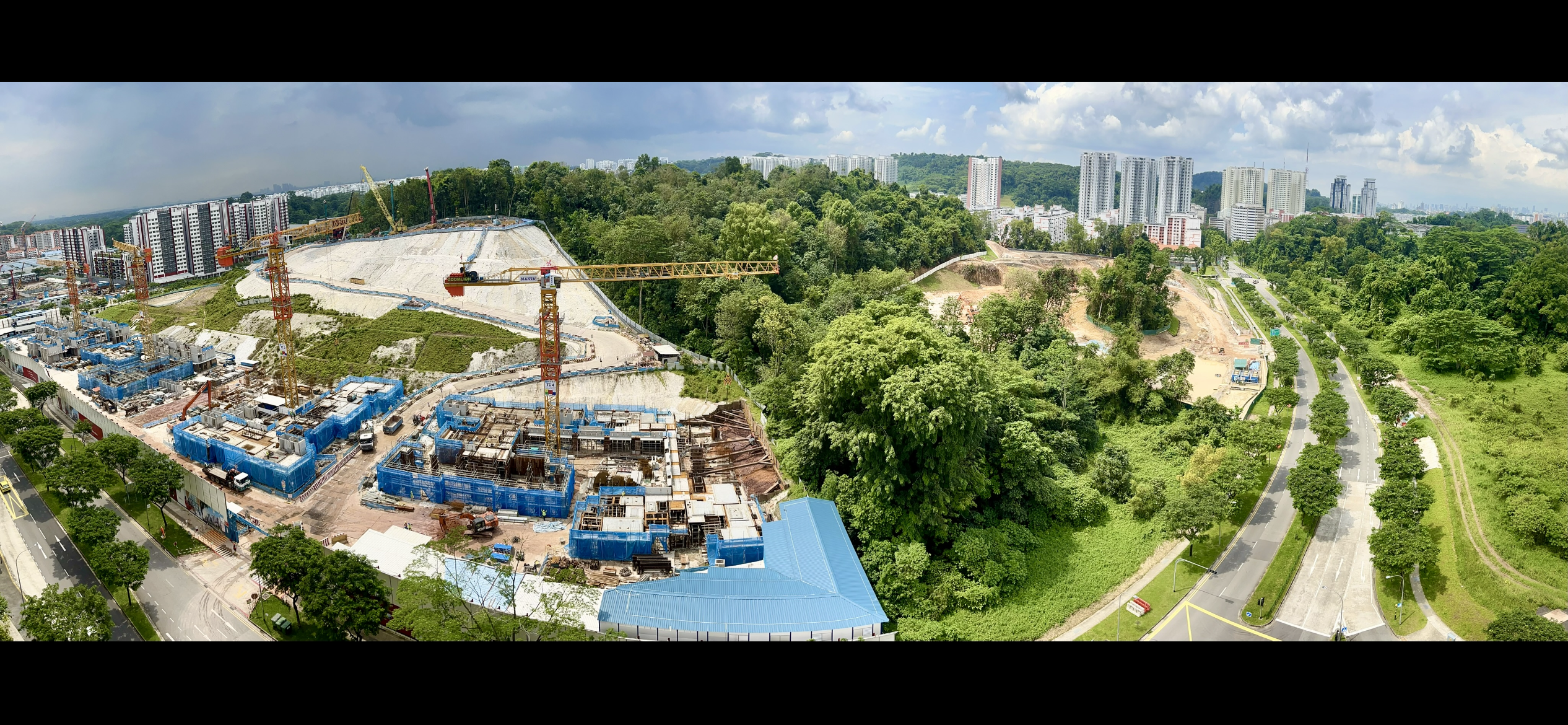October 2022
-
My Views on Environmental Sustainability (Forward Singapore Steward Pillar)
Below are my views on other environmental sustainability issues I am concerned with personally for Ministry of Sustainability and the Environment (MSE)’s reference. Increasing local food production to ensure food security should go beyond importing food from more countries and relying on agrotechnology (or high-tech farms). We should learn from indigenous traditions that rely on… Continue reading
-
My feedback to the NEA (National Environment Agency) on the persistent noise pollution issue caused by powered leaf blowers via One Service app
Dear Sir/Madam, Yesterday morning, when I was doing a videography assignment for a workshop at Kampong Senang Holistic Lifestyle Centre at Block 106 Aljunied Crescent, a loud noise made by the petrol-powered leaf blower outside the HDB block suddenly broke the serenity, and the noise went on for at least 10 minutes. It disturbed the… Continue reading
-
Dover Forest East walk, 22 October 2022
Though Dover Forest is a regenerating secondary forest with a history of rural settlements and agricultural practices, it is also part of the former Pandan forest reserve and – going further back in time – the original primary rainforests. Hence, the forest retains the rugged appearance of wild nature, with naturalised streams and forest-dependent wildlife… Continue reading
-
Inter-University Environmental Conference (IUEC) 2022 – Conversations for change beyond SGP2030 (Perspectives on Energy Reset & City in Nature)
On 9 October 2022 (Sunday), I attended the afternoon session of Day 2 of the Inter-University Environmental Conference 2022. It is the largest youth-led sustainability conference in Singapore, jointly organised by students from the 8 major universities of Singapore. The conference facilitates focus group discussions, open debates and exhibitions with government representatives, youth leaders from… Continue reading
-
Plant rescue at Dover Forest East
29 September 2022 felt like one of the longest days in my life. I attended a plant rescue programme at Dover Forest East in the morning, which was organised by Nature Society Singapore (NSS), in collaboration with National Parks Board (NParks) and Housing & Development Board (HDB). The event was supervised by NSS reforestation officer… Continue reading
